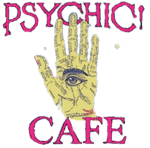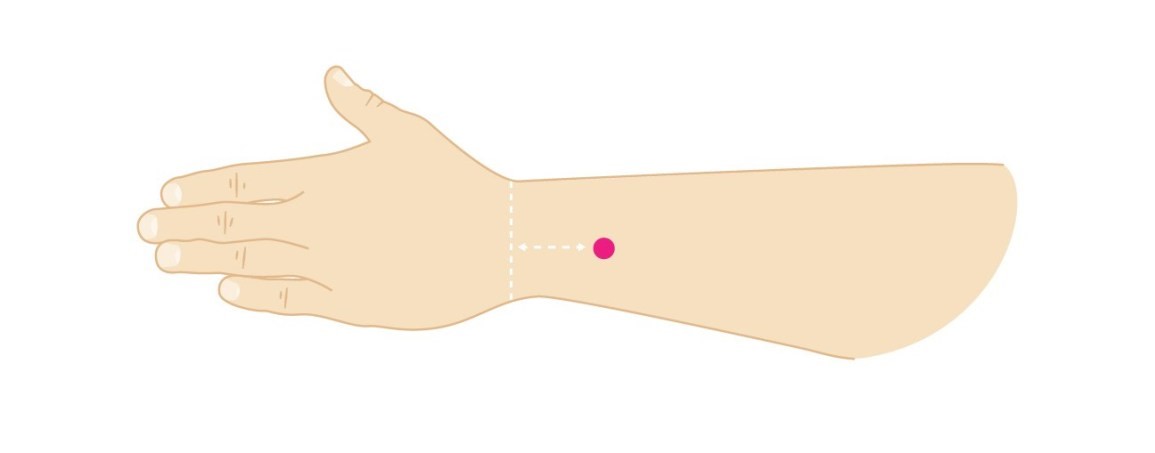What is a hand pressure point?
In acupressure, pressure points are thought to be powerfully sensitive parts of the body. Some people believe that by applying pressure to our body’s pressure points, it can help relieve pain, establish balance, and improve health throughout the body.
There’s great benefit to human touch and tissue massage, but reflexology and acupressure aren’t well-studied practices.
Although more scientific research is still needed to prove the touted health benefits, many people turn to pressure points due to their limited side effects and ability to reduce pain and promote relaxation.
What are the hand pressure points?
There are eight essential pressure points in the hand. Here’s where you can find them, what they do, and how you can manipulate them for your benefit:
Heart 7

The heart 7 pressure point can be found in the crease of your wrist. It lies in line with the space between your ring and pinkie finger.
There’s a bone directly in line next to this pressure point. Reflexologists claim that applying gentle pressure to this spot may protect against anxiety, insomnia, heart palpitations, and depression.
Small intestine 3
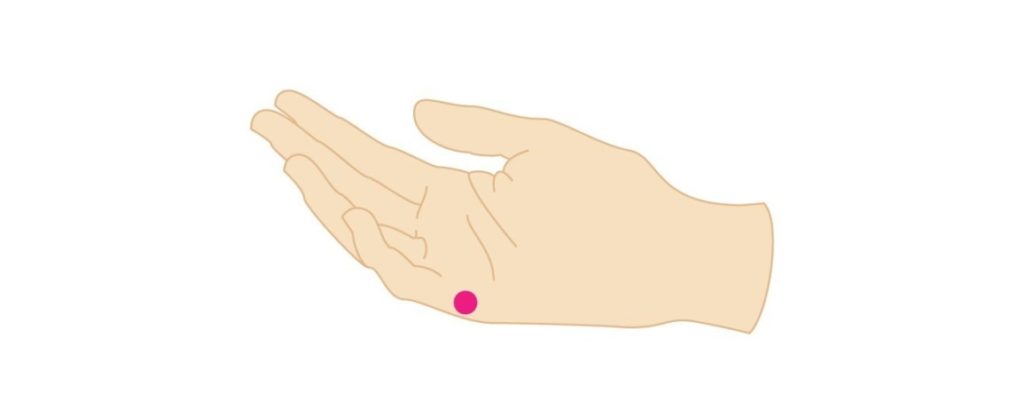
The small intestine 3 pressure point is located at the outside part of your hand, right on the edge. The point lies in the depression of your hand just below your pinkie finger.
Putting firm pressure on this point is thought to relieve neck pain, earaches, and headaches that occur at the back of your head.
Lung meridian
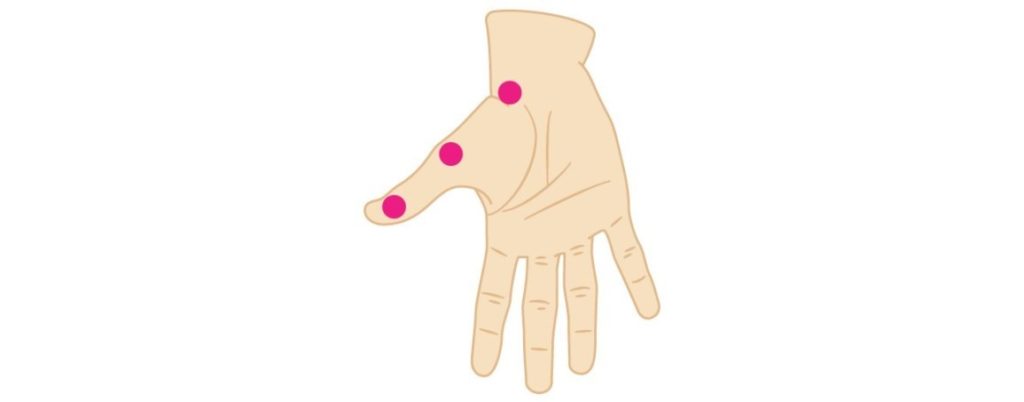
You can find your lung meridian pressure point by looking at the edge of your hand. It runs from the tip of your thumb down along the side of your hand, ending just beneath the crease of your wrist.
Run your finger along this line. If you find a sore spot along this line, reflexologists say you should gently massage it until it feels better. This may help relieve any cold symptoms, such as chills, sneezing, runny nose, and sore throat.
Inner gate point
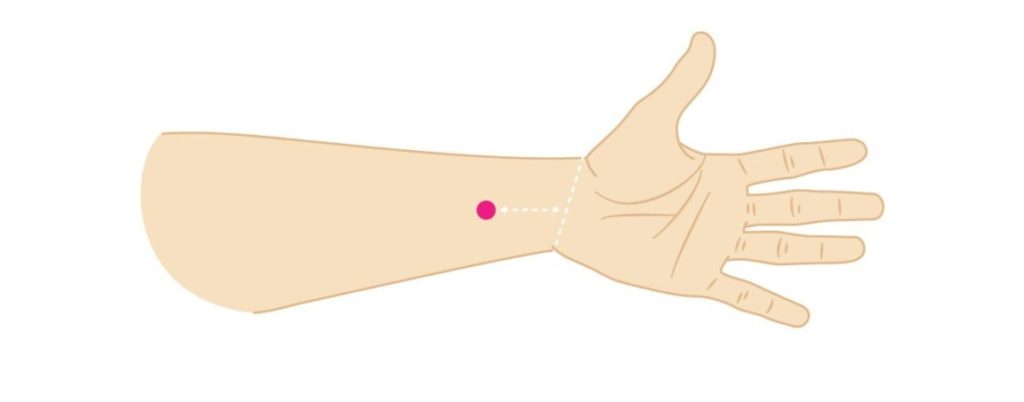
The inner gate point can be found in a special spot on the crease of your wrist. Hold out your hands as if you’re receiving a gift, with your wrists together. Take one hand and feel about 3 centimeters out from where your wrists were touching in the middle.
Reflexologists recommend you massage this point firmly with your thumb. This is believed to improve your digestion and relieve any nausea or stomach pain.
Outer gate point
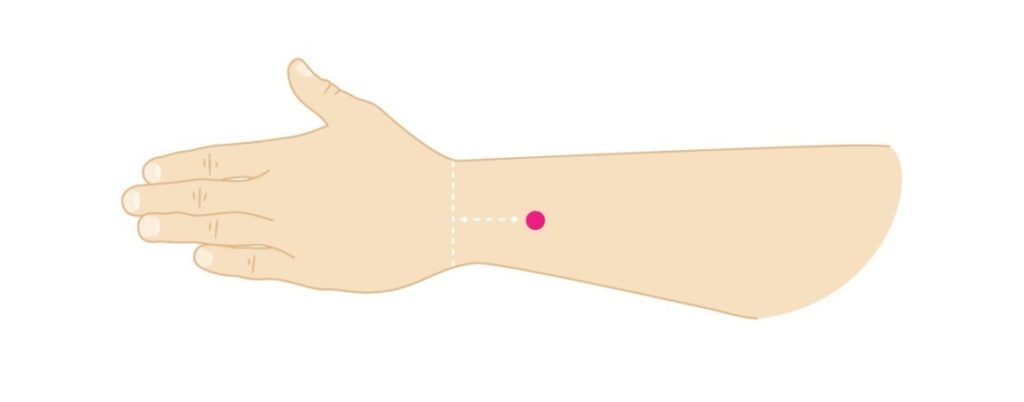
The outer gate point can be found between two tendons on the backside of the arm. Place three fingers from your other hand above your wrist. Use those fingers to apply firm pressure to this part of your hand to potentially give your immune system a quick boost.
Reflexologists also believe applying pressure to this part of the hand could give you a rush of energy.
Wrist point 1

You can find your wrist point 1 on your wrist. Run a finger down your pinkie to your wrist crease, keeping it in line with your finger. Now you’ve found the point.
Reflexologists claim that firmly pressing on your wrist point 1 regularly may help promote happiness by regulating your emotions.
Base of the thumb point
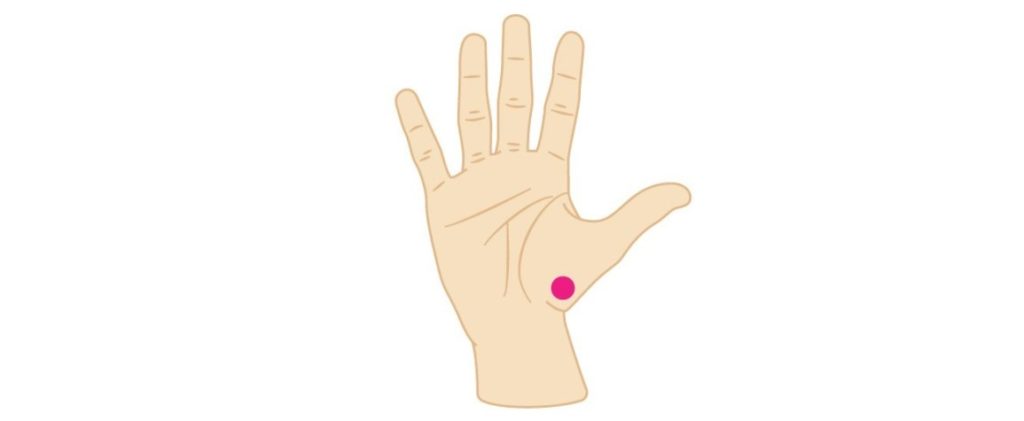
The base of the thumb point is located on your wrist. Run a finger down your thumb, to your wrist crease at the base of your thumb. Applying gentle pressure and massaging this point with your finger is believed to help alleviate respiratory and breathing problems.
Hand valley point
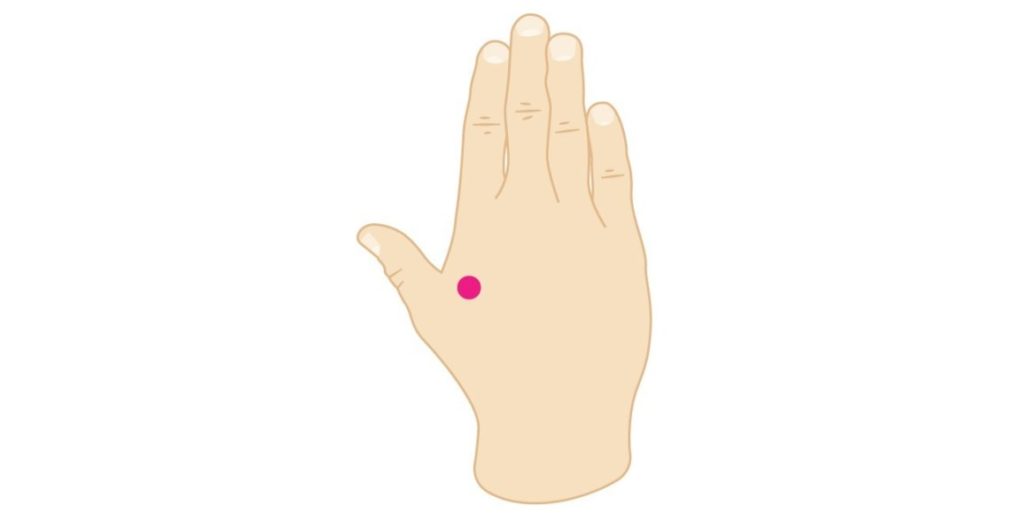
The hand valley point can be found in the firm skin between the thumb and index finger. Reflexologists claim that applying firm touch to this pressure point may help reduce stress, as well as alleviate migraines, toothaches, shoulder tension, and neck pain.
How do pressure points work?
The practice of using pressure points falls under the disciplines of acupressure and reflexology, which study how one part of the human body relates to another. Many of the body’s most powerful pressure points are believed to be in the hands.
According to those who practice reflexology, applying the appropriate touch to the hands can energize and restore health to other body parts, including internal organs if you’re feeling tired or have a disease. Reflexology has been used by some Eastern cultures for thousands of years.
Reflexology isn’t a scientifically-proven way to boost your health. However, some practitioners believe that it’s an effective and appropriate way to improve many health conditions. Because it’s non-invasive and nonpharmaceutical, there’s very little (if any) risk of adverse side effects associated with hand pressure points if the reflexology practitioner is adequately trained. Appropriately trained reflexologists — as they’re called — should have successfully completed programs or training at an accredited reflexology or alternative medicine school.
You can also stimulate your own pressure points at home. But if you choose to do so, you should read up to learn how to do so correctly.
The bottom line
The field of reflexology isn’t a field of medicine. It’s not a replacement for seeing your medical doctor if you’re ill or hurt. But it might help make you recover faster and more effectively, while you maintain your overall health.
Experts say reflexology isn’t likely to have any adverse effects on the body — so it’s completely safe to practice. Because it’s non-invasive, it’s a very accessible therapeutic aid.
